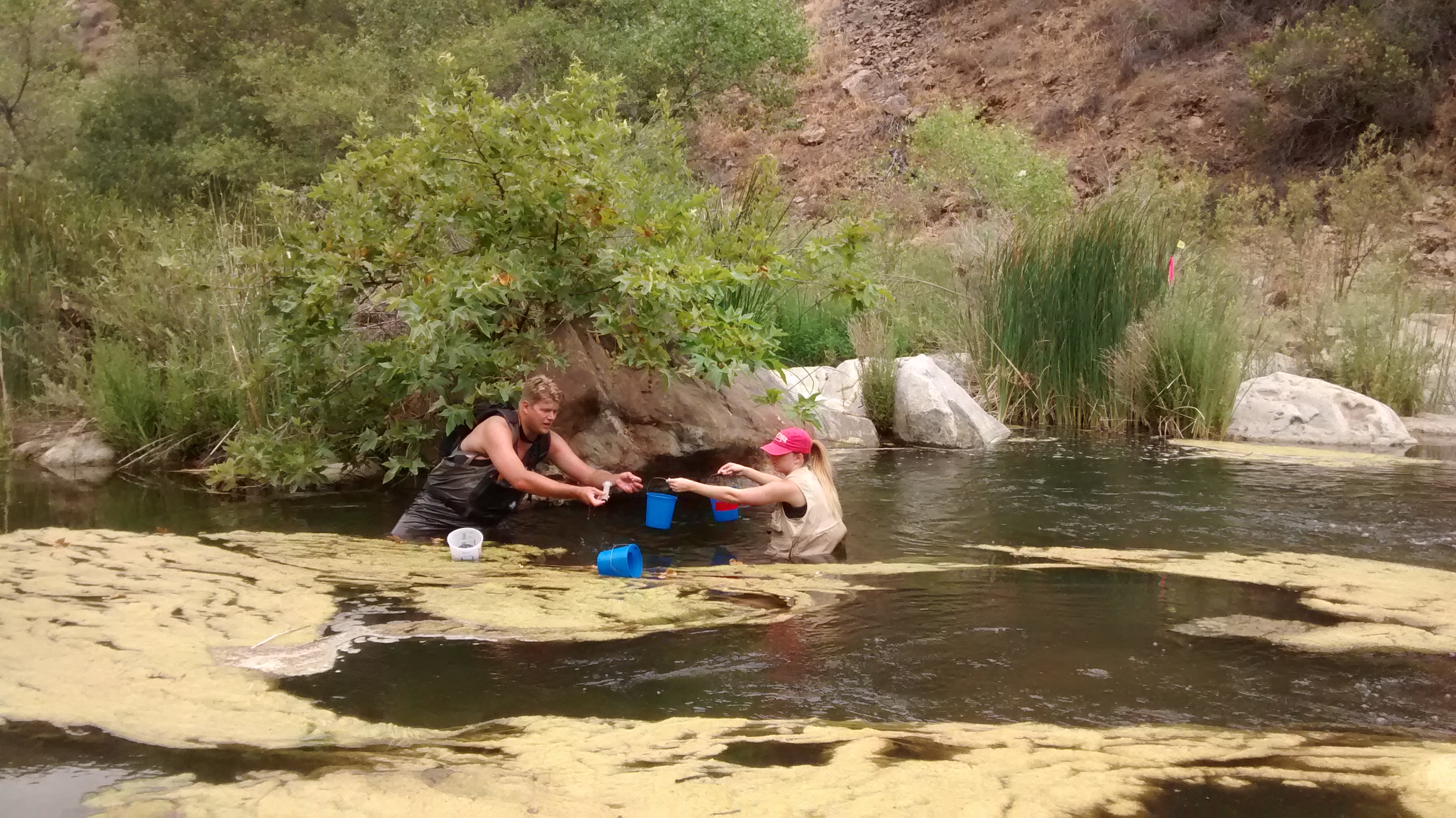Draft science product released to support development of statewide stream policy

SCCWRP and its partners have released for public comment a draft science product that is expected to serve as the technical foundation for the State Water Board in developing a policy intended to protect the biological integrity of wadeable streams from the impacts of eutrophication and other stressors.
The draft product, released in April and available to download online, consists of a statistical modeling tool and supporting analyses that will help State Water Board staff set scientifically defensible numeric thresholds for eutrophication indicators, including nutrient concentrations and algal biomass levels.
A key feature of the modeling tool is that it gives State Water Board staff options for setting numeric thresholds, based on how much confidence managers want in the likelihood that the thresholds will be sufficient to protect stream biointegrity.
The draft science product is the culmination of nearly six years of research and review by the State Water Board, project stakeholders, and international experts in stream ecology and biogeochemistry.
State Water Board staff will consider use of the science product in the coming years to develop an amendment to the existing Inland Waters and Estuaries policy to protect aquatic life and other stream beneficial uses from the biostimulatory impacts of eutrophication and other stressors.
The science product can be useful to California’s Regional Water Quality Control Boards should they decide to develop region-specific biostimulatory policies and management programs.
A stakeholder advisory group meeting has been scheduled for June 29, 2022 to solicit stakeholder feedback on the draft product and to provide an overview of the State Water Board’s intended uses for the science product.
The SCCWRP-developed statistical modeling tool evaluates the response of three stream bioassessment scoring tools to a range of nitrogen, phosphorus, and algal abundance levels at more than 1,250 sites across California. The three bioassessment tools, which were co-developed by SCCWRP to stream biointegrity, consist of the invertebrate-based California Stream Condition Index and two Algal Stream Condition Indices based on diatoms and a hybrid of diatoms and soft-bodied algae, respectively.
Researchers also completed additional lines of analysis – including an evaluation of eutrophication indicators at stream reference sites – to help managers avoid selecting biostimulatory thresholds that are lower than natural background levels.
Finally, to demonstrate how the modeling tool could be applied by managers to inform choice of nutrient or algal biomass level as a water-quality goal, researchers also estimated what portion of California stream sites have total nitrogen levels that are in excess of a hypothetical threshold that would provide 80% probability of protecting stream biointegrity.
Under this scenario, 37% of California stream sites would exceed the threshold, with exceedances disproportionately concentrated in the agriculture-dominated Central Valley (76%) and highly urbanized coastal Southern California (68%).
The June 29, 2022 stakeholder informational meeting will be held via webinar; to participate, contact Joseph Westhouse with the State Water Board.
For more information on the science product, contact Dr. Raphael Mazor or Dr. Martha Sutula.
More news related to: Bioassessment, Eutrophication, Harmful Algal Blooms, Indices of Biotic Integrity, Top News